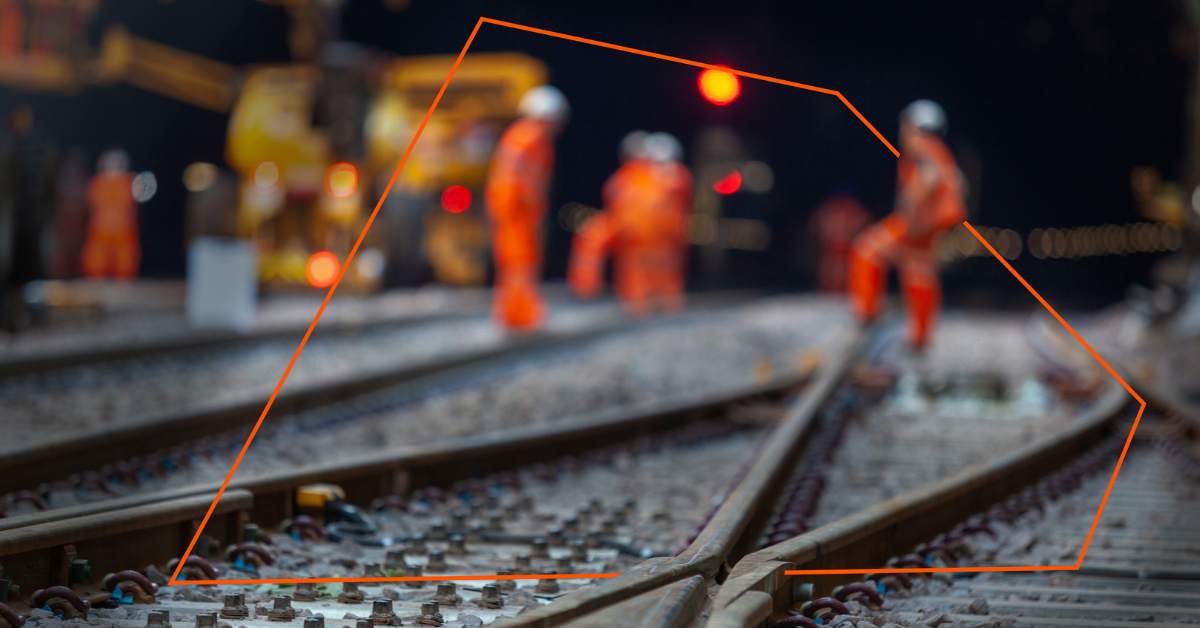On a Mission: The Rise of the Project Control Rooms
The iconic Mission Control Center at NASA, a symbol of human ingenuity, has long captured the imagination of people worldwide. With its sophisticated technology, real-time data analysis, and seamless communication, NASA’s control room has been instrumental in successfully managing complex and time-sensitive space missions. In recent years, major infrastructure programmes have embraced a similar approach, establishing project control rooms to efficiently manage their projects and operations. These industry control rooms, while admittedly not focused on space travel, share many similarities with NASA’s Mission Control in terms of centralised management, real-time data processing, and effective decision-making.
In this article, we explore the rise of project control rooms and their significance in today’s increasingly complex infrastructure delivery landscape. We will examine the various factors contributing to the growing popularity of control rooms, from globalisation and technological advancements to agile methodologies and risk management. Just as NASA’s Mission Control has been pivotal in the success of space missions, the modern-day industry control room is becoming an indispensable component of effective project management and operational success.
The Rise of Project Control Rooms
Project control rooms are dedicated areas, where technology and resources are combined to give insight into the project. They allow project managers and stakeholders to oversee, track, and control various facets of a project, such as progress, budget, resources, risks, and issues in real time.
The rise in popularity of the project control room can be attributed to the escalating complexity of projects and the growing necessity for centralised management and coordination.
This workplace concept has gained considerable popularity in recent years due to six factors:
Globalisation
As some projects and industries have become more global, with team members dispersed across multiple locations and even time zones, the need for a centralised and or virtualised control room to coordinate efforts and maintain communication has become essential.
Technological advancements
The increasing availability and tumbling costs of project management software and tools has made it easier for teams to share information and collaborate in real-time, streamlining the management process.
Increased project complexity
Projects have become more complex, with more stakeholders, dependencies, and variables to consider. A control room helps project managers stay on top of these complexities by providing a comprehensive view of the project status.
The Demands of Data-driven Decision-making
The ability to collect, analyse, and visualise data in real-time has made it possible for project managers to make better-informed decisions. A control room facilitates this by centralising all project data and making it easily accessible.
Identifying and managing risks is a critical aspect of project management. A control room allows project managers to monitor risks and respond proactively, minimising the impact on the project’s timeline and budget.
The Elements of Modern Mission Control
In today’s fast-paced business environment, efficient project management and communication are crucial for success.
A project control room, designed with this in mind, brings together several essential components that work in harmony to ensure the seamless execution of projects. This comprehensive approach to project management facilitates real-time collaboration, data-driven decision-making, and effective resource allocation, ultimately driving project success.
These components typically include:
- Centralised workspace: A dedicated physical or virtual space that brings together project managers, team members, and stakeholders, enabling effective communication, collaboration, and decision-making.
- Technology infrastructure: A robust technology infrastructure, including computers, monitors, and audio-visual equipment, that supports real-time data processing, communication, and collaboration among team members.
- Project management software: A comprehensive project management software solution that integrates various aspects of project planning, tracking, and execution. This software should offer features such as task management, resource allocation, scheduling, budgeting, risk management, and reporting.
- Real-time data visualisation: Tools and dashboards that provide real-time visualization of project data, such as progress, risks, issues, and performance metrics. This enables stakeholders to quickly grasp the project status and make informed decisions.
- Communication tools: Effective communication tools, such as video conferencing, instant messaging, and document sharing platforms, that facilitate seamless collaboration among geographically dispersed team members.
- Data storage and security: Secure data storage solutions and robust security measures that protect sensitive project information and ensure data integrity and confidentiality.
- Risk management tools: Tools that help identify, assess, and monitor potential risks and issues, allowing project managers to take proactive measures to mitigate their impact on the project.
In addition to the components above, some more considerations to support the control room are:
- Standard operating procedures (SOPs): Clearly defined processes and procedures that govern project management, ensuring consistency, efficiency, and compliance with best practices.
- Training and support: Continuous training and support for team members to ensure they are familiar with the control room’s tools and processes, enabling them to effectively contribute to the project’s success.
- Scalability and flexibility: The ability to easily scale the control room set up to accommodate varying project sizes and complexities, as well as adapt to changing project requirements and priorities.
By integrating these essential components and considerations, a project control room can effectively centralise project management, streamline communication, and support data-driven decision-making.
The Role of Connectivity
Connectivity plays a crucial role in the project control room, serving as the backbone that enables seamless communication, collaboration, and data exchange among project stakeholders. It directly impacts the efficiency and effectiveness of the control room.
Here are some of the key connectivity aspects in a project control room:
Data input
A control room relies on the continuous flow of data from various sources, such as team members, external vendors, and automated systems. Effective connectivity ensures the uninterrupted flow of this data from the field, enabling real-time monitoring and analysis of project progress, performance metrics, risks, and issues.
Robustness and resilience
To maintain reliable connectivity, a project control room requires a robust and resilient network infrastructure that can withstand potential disruptions or failures. This includes redundant systems, failover mechanisms, and backup communication channels, which help prevent downtime and data loss in the event of network outages or equipment failure – this can be an issue in remote locations such as out in the field.
Data integration
A control room often needs to integrate data from multiple sources and systems, such as project management tools, financial systems, and business intelligence platforms. Efficient connectivity enables seamless data integration, providing a holistic view of the project and facilitating better-informed decision-making.
Real-time collaboration
A vital aspect of project control is the ability of team members to collaborate effectively in real-time, regardless of their geographical location. High-quality connectivity allows for seamless use of communication and collaboration tools, such as video conferencing, instant messaging, and document-sharing platforms, helping to keep everyone on the same page.
Remote access
As project teams are often geographically dispersed, remote access to the control room and its resources is crucial. Secure, reliable connectivity enables team members to access project data, tools, and systems from anywhere, at any time, ensuring continuous collaboration and efficient project management.
Security
Connectivity also plays a significant role in maintaining the security of project data. Secure connections, encryption, and authentication protocols are necessary to protect sensitive information from unauthorised access and cyberattacks.
Scalability
As projects grow in size and complexity, the need for increased connectivity and bandwidth also grows. A scalable network infrastructure allows the project control room to adapt to changing requirements and maintain high levels of performance and efficiency.
We believe that connectivity is a critical aspect of any project control room concept, ensuring the continuous flow of data to and from the field, effective collaboration, and reliable access to project resources. We know from our extensive experience in time-critical industries that the importance of resilient connectivity infrastructure cannot be overstated, it directly impacts the efficiency, security, and adaptability of the workspace.
Ready to Launch?
Connectivity is essential for a project control room’s success, and here at Onwave, we’re dedicated to ensuring seamless communication, data exchange, and real-time collaboration among stakeholders.
With Onwave as your connectivity partner, you’ll get robust and resilient connectivity solutions, to facilitate uninterrupted data flow, secure remote access, and effective integration of various systems. We’ll help you guarantee optimal performance and adaptability in the connectivity solution for project control rooms, enabling teams to efficiently manage and execute against their plans.
Don’t miss out on the benefits of seamless connectivity for your project control room. Get in touch with Onwave today to explore our tailored connectivity solutions that ensure the success of your projects.








